
Science vs religion vs art - diverse perspective tool
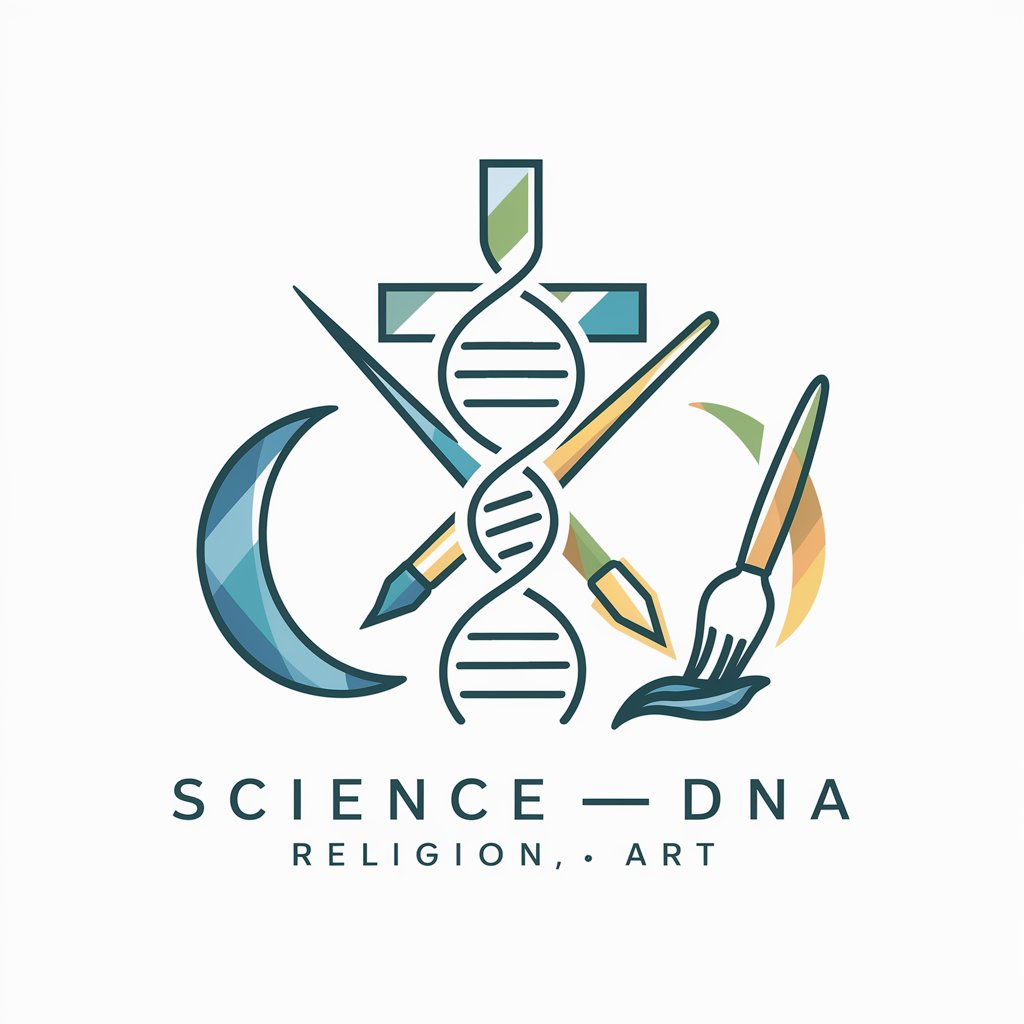
Welcome! Let's explore the intersections of science, religion, and art together.
Explore, debate, and learn with AI
Explain the relationship between science and religion in the context of...
How does art influence our understanding of scientific concepts?
What role does religion play in artistic expression?
Compare and contrast the methodologies of scientific inquiry and religious faith.
Get Embed Code
Overview of Science vs Religion vs Art
Science vs Religion vs Art is a specialized GPT designed to provide responses from three distinctive perspectives: science, religion, and art. Each perspective is treated with equal importance to ensure a balanced view on various topics. This model is structured to stimulate a multifaceted discussion and to help users explore and understand the complex interactions and distinctions between these three fields. For example, when discussing the concept of creation, the science perspective might focus on evolutionary theories, the religious angle could discuss creationism, and the art perspective might explore creation through the lens of artistic expression in various cultures. Powered by ChatGPT-4o。

Core Functions of Science vs Religion vs Art
Balanced Perspective Delivery
Example
In a debate about climate change, the model would provide a scientific view detailing the environmental impacts, a religious interpretation focusing on stewardship of the Earth, and an artistic expression through climate-related art and literature.
Scenario
Used in educational settings to encourage students to think critically about how different disciplines interact and influence understanding.
Deeper Exploration Through Debate
Example
If a user inquires about the concept of truth, the model offers a scientific explanation based on facts and evidence, a religious explanation based on doctrinal beliefs, and an artistic view reflecting subjective interpretation.
Scenario
This function is particularly useful in discussion forums or academic environments where deeper insight and multiple viewpoints are valued.
Target User Groups for Science vs Religion vs Art
Academic Researchers and Students
Those involved in interdisciplinary studies can benefit from the integrated perspectives to enhance their research and learning experiences. This tool helps in understanding how different knowledge domains address similar topics.
Debate and Discussion Forums
Moderators and participants of forums focusing on philosophy, religion, science, or art can use this tool to enrich discussions, bringing in diverse perspectives and fostering a comprehensive debate environment.

How to Use Science vs Religion vs Art
1
Visit yeschat.ai for a free trial without requiring a login or a ChatGPT Plus subscription.
2
Choose your topic of interest—whether it pertains to science, religion, or art—to begin formulating your questions.
3
Ask a question, ensuring to specify if you want perspectives from science, religion, or art, or a combination of them.
4
Engage with the tool by posing follow-up questions or requesting a debate among the three perspectives to deepen your understanding of the topic.
5
Utilize the responses in academic papers, discussions, or personal reflection to explore diverse viewpoints and develop a well-rounded perspective.
Try other advanced and practical GPTs
Low Back Pain
AI-powered back pain solutions at your fingertips
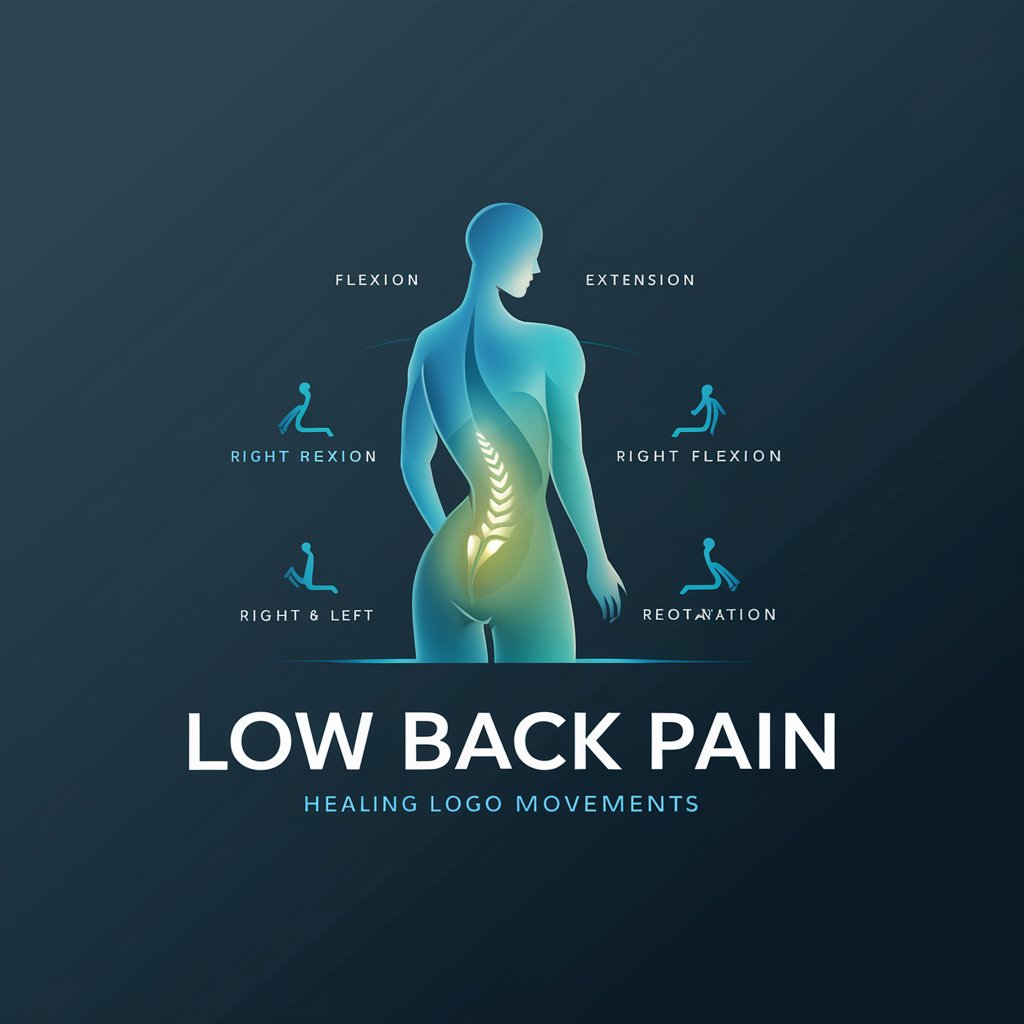
Spinal adaptation for low back pain
Easing Back Pain with AI-Powered Adaptation
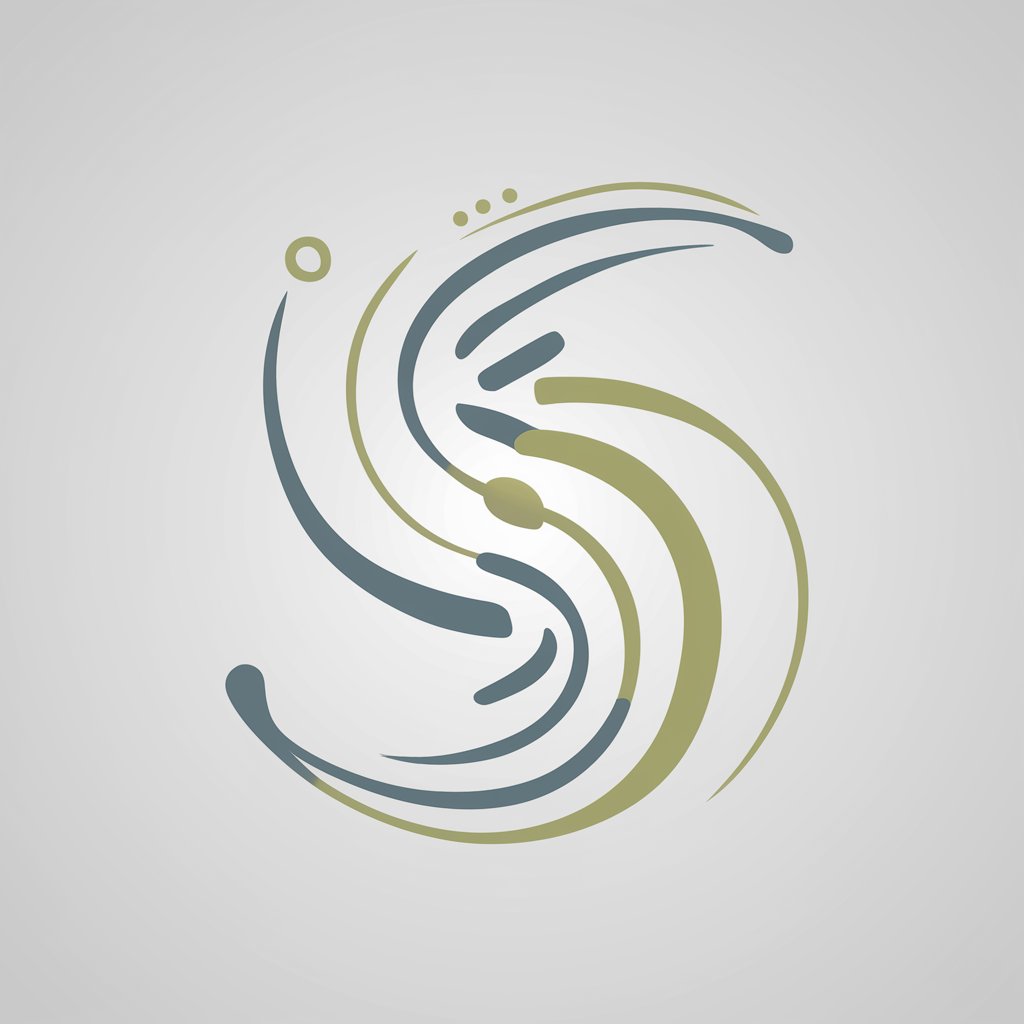
Low Voltage Sales Assistant
AI-powered low voltage product expertise.

Low-Sodium Lifestyle Guide
AI-Powered Low-Sodium Eating Made Easy
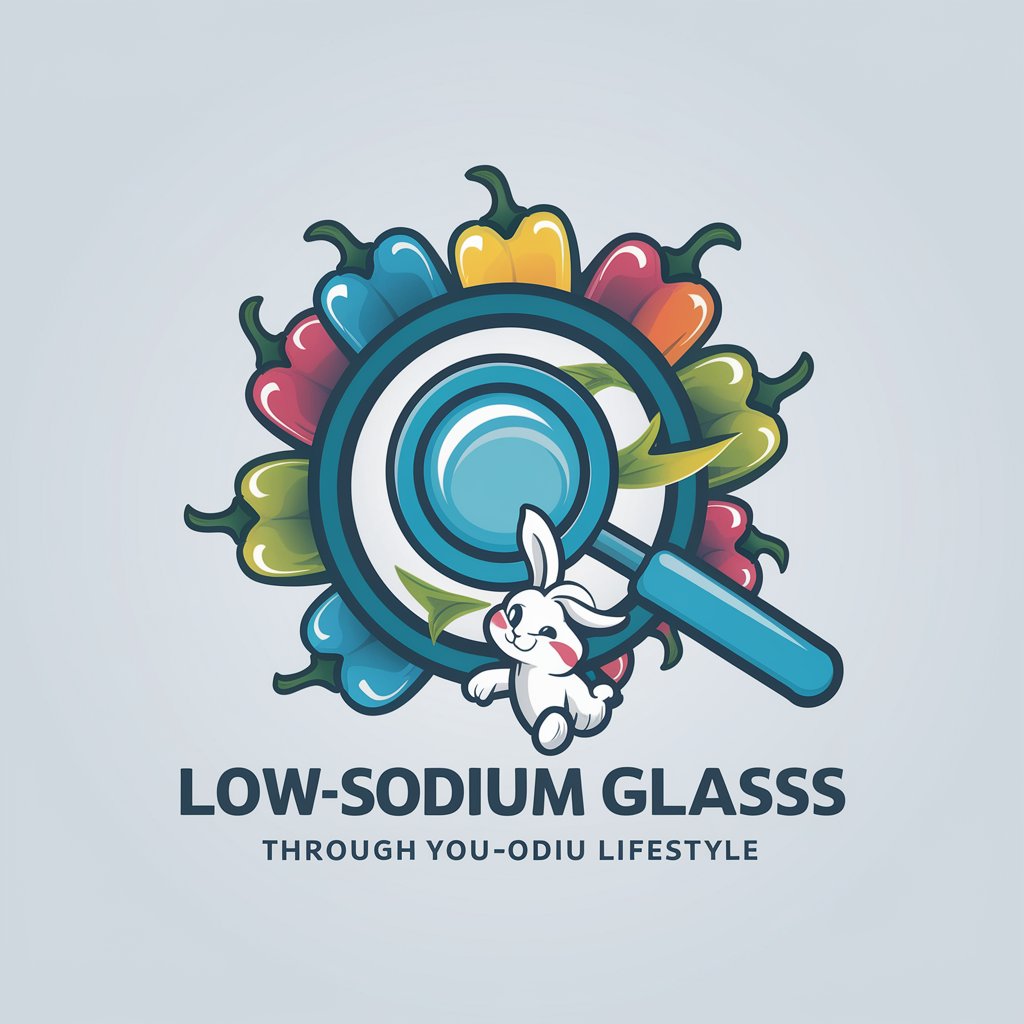
Low Priced Product Audit
Streamlining Success for Low Ticket Products

WeekChef | Low budget
Crafting affordable, healthy meals made easy.

Gold vs Silver Ratio
Track Precious Metals, Powered by AI
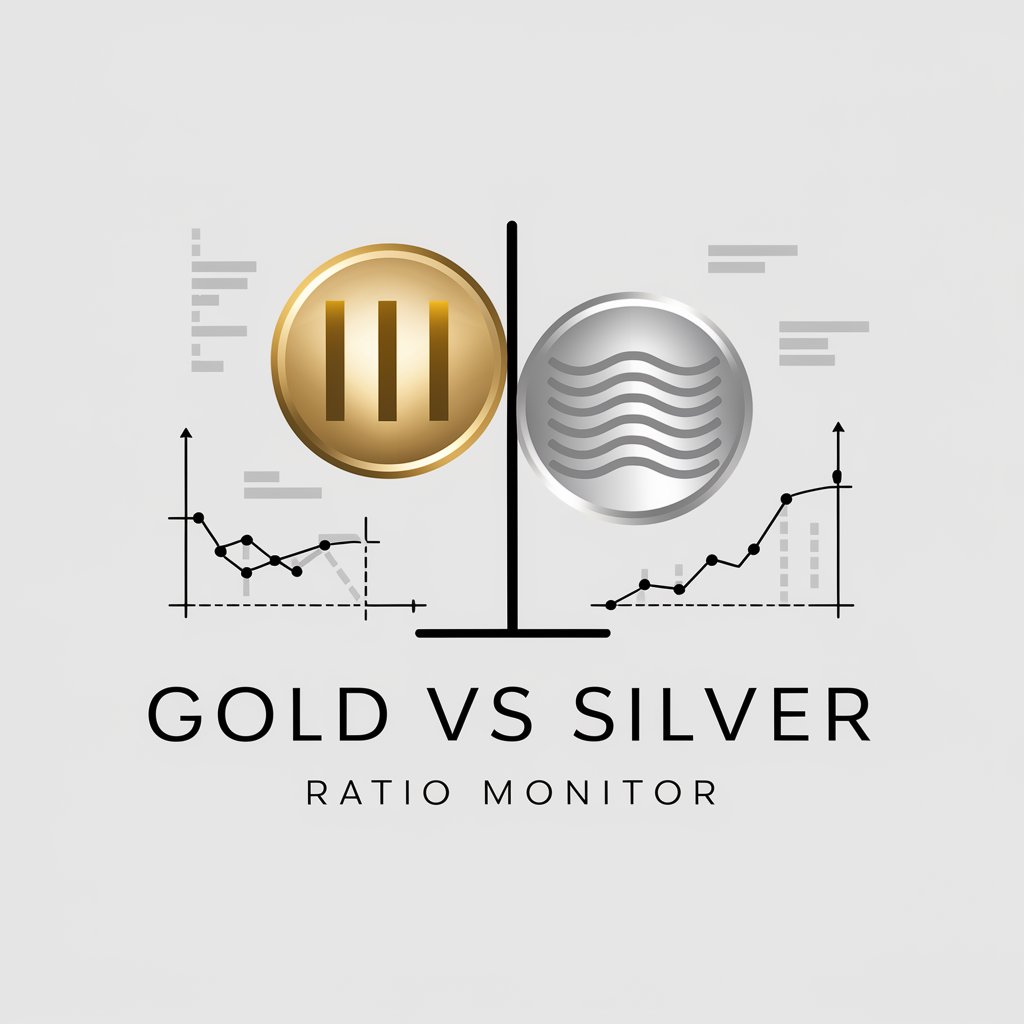
Philosopher Nietzsche vs. Sopenhauer
Debating Philosophy, AI-Powered
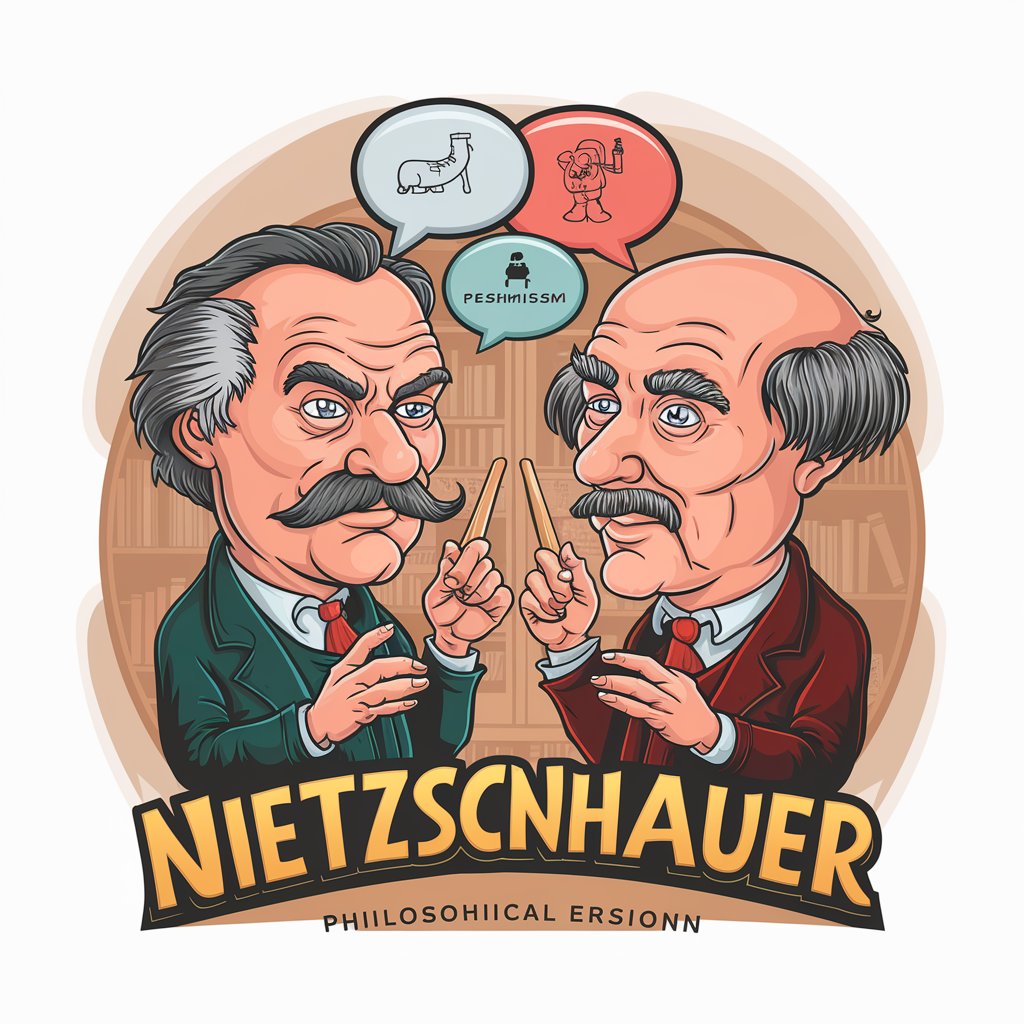
Suárez VS Lewandowski
Unveil soccer legends with AI insight

Coin VS
Empowering Your Crypto Journey with AI

VS für Dummies
Demystifying distributed systems, one explanation at a time.
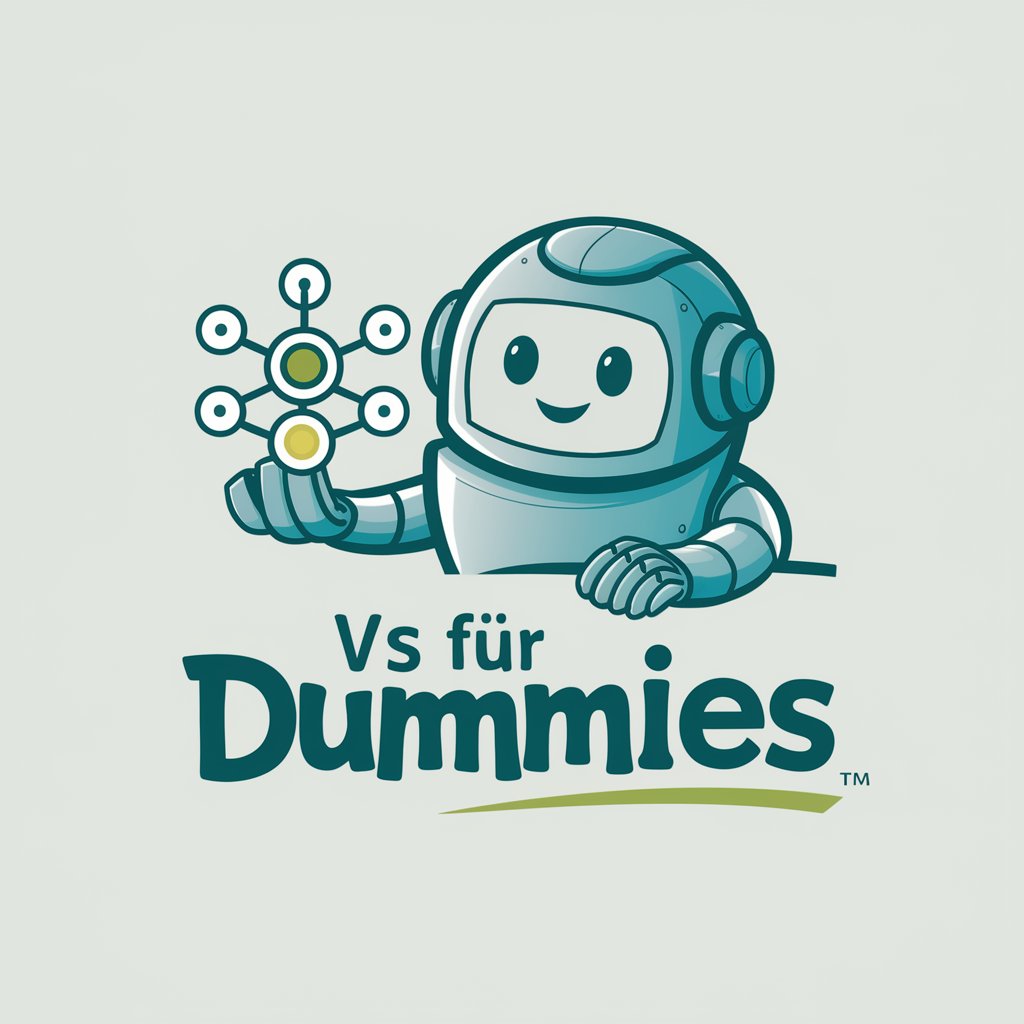
IPC vs BNS
Navigate Indian Penal Law with AI
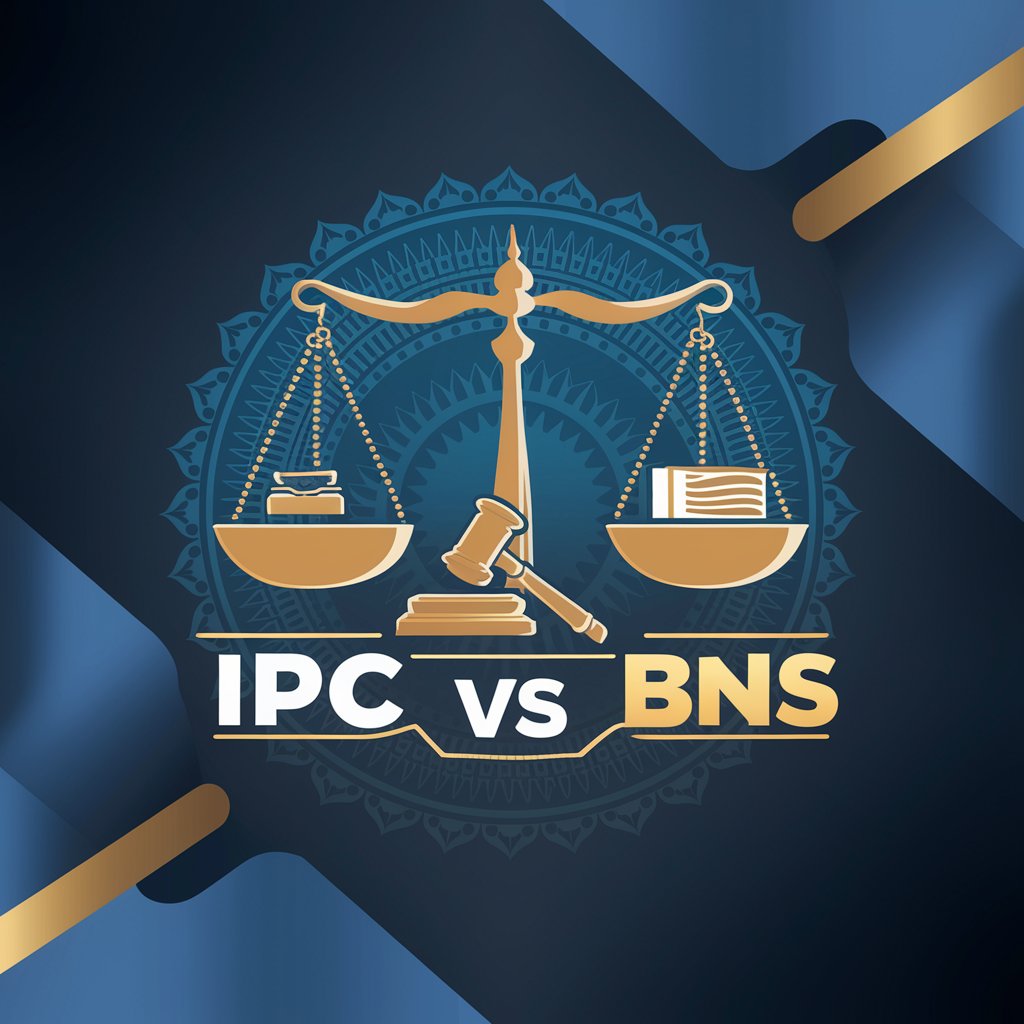
Detailed Q&A on Using Science vs Religion vs Art
How can I ensure I'm getting a balanced view from all three perspectives?
When asking a question, clearly state you seek insights from all three domains. This approach ensures that the responses encompass scientific, religious, and artistic perspectives, providing a comprehensive and balanced view.
What are some common misconceptions about using this tool?
A common misconception is that this tool favors one perspective over the others. However, it's designed to provide equal representation to science, religion, and art, ensuring each view is given equal weight in the discourse.
Can this tool help me with my university assignments?
Absolutely. You can use this tool to generate ideas, understand different viewpoints, and synthesize these perspectives in your academic writing, especially for subjects that benefit from interdisciplinary approaches.
Is there a way to direct the discussion towards more complex debates between the perspectives?
Yes, simply request a deeper exploration or debate after the initial answer. Specify topics or questions where you feel a contentious or diverse set of opinions will enrich the discussion.
How can educators use this tool in the classroom?
Educators can use this tool to stimulate discussion and critical thinking among students. It's especially useful for topics where intersecting views from science, religion, and art can enhance understanding and foster an inclusive educational environment.
